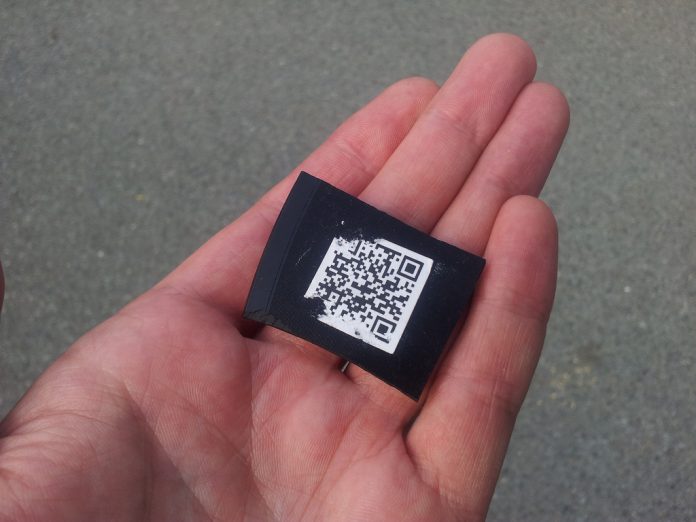
University of Copenhagen researchers along with colleagues from Åbo Akademi University in Finland have been developing a new method to tailor dose patients with punctually exact quantities of medicine. They successfully created a white edible material with a QR code printed on it that consists of the actual drug.
This particular method was developed based on how different bodies can respond to different quantities of medicine, and how different patients with a given disease receive the same amount of active compounds. However, this QR based method is proving to be very effective for modern medicine, especially for delicate illnesses that require caution in the application of compounds.
Potential reduction of fake medicine and malpractice
The QR enables storage data for a specific medication or “pills” if you may, eliminating the employment of poor quality medicine in delicate or any patient whatsoever. In other words, it could detect the state and components of the medicine to be applied.
“This technology is promising, because the medical drug can be dosed exactly the way you want it to. This gives an opportunity to tailor the medication according to the patient getting it. Simply doing a quick scan, you can get all the information about the pharmaceutical product. In that sense it can potentially reduce cases of wrong medication and fake medicine,” says Natalja Genina, Assistant Professor at Department of Pharmacy.
Natalja Genina stated like many other researchers that one of the goals is to get a regular printer to apply the medical drug in a QR code, while the edible material must be produced before the code, in order to have an on-demand production of medicine. On the other hand, researchers are currently working towards the refinement of this production as well as the expansion of its employment.
https://t.co/3OmHdMZbj1 Researchers from the University of Copenhagen together with colleagues from Åbo Akademi University in Finland have developed a new method for the production of medicine: Edible QR code. Edible QR code consisting of a medical drug could personalize medici… pic.twitter.com/UDZcT4sFN6
— Science news (@UpdateonScience) February 3, 2018
Usage and potential employment
Researchers employed this QR-encoded smart oral dosage using inkjet printing and this technology enables the flexible manufacturing of punctual personalized drugs for specific patients.
The QR code contains the drug itself and it also contains the information regarding the patient’s illness and medical information, in case of common disease cases like a cold or flu the QR code will be developed by healthcare professionals.
As a test for the future development of medical QR codes, the storage was meant to be in hard conditions but even then the code was readable through a smartphone with no major issue.
Source: Science Direct











